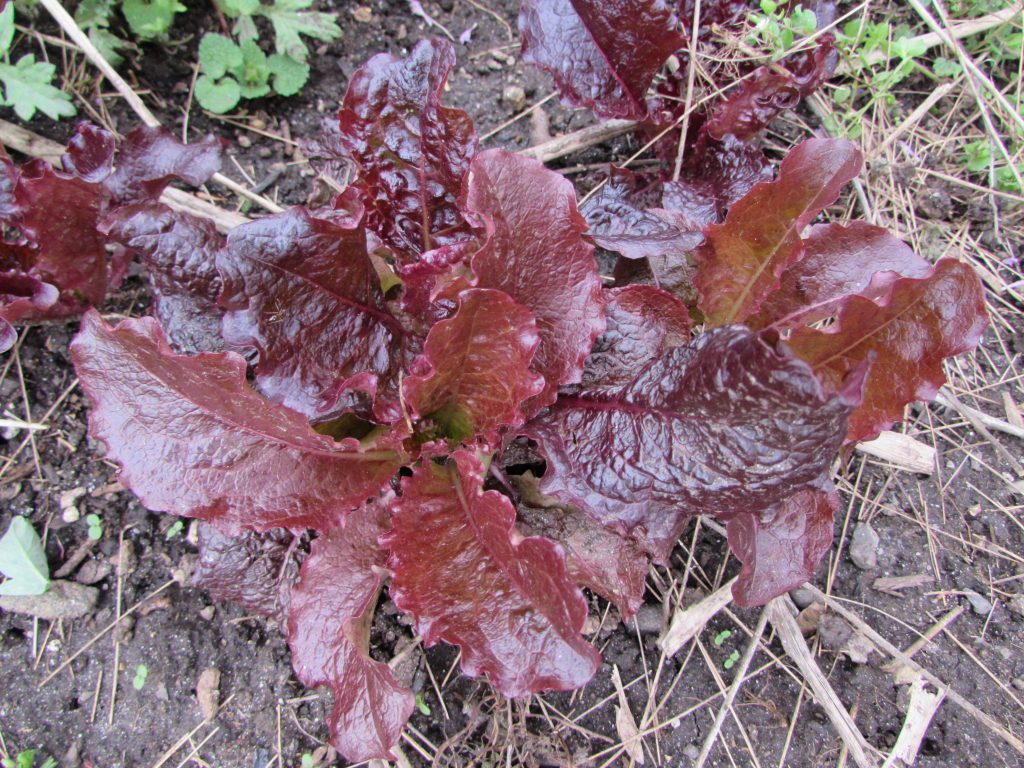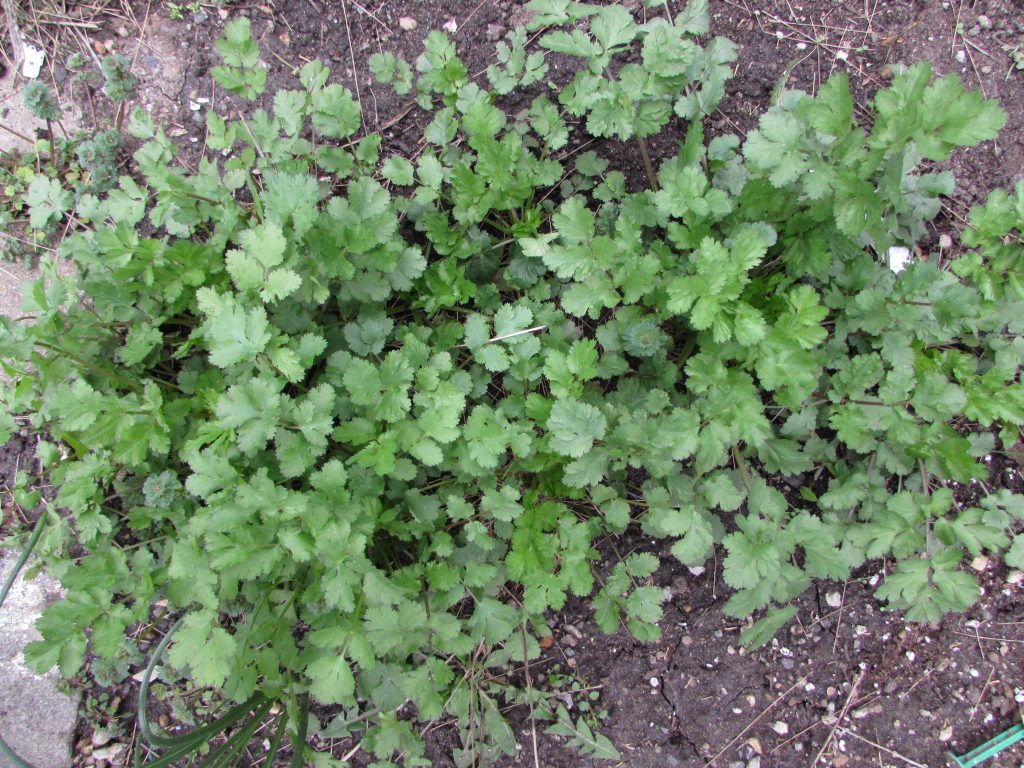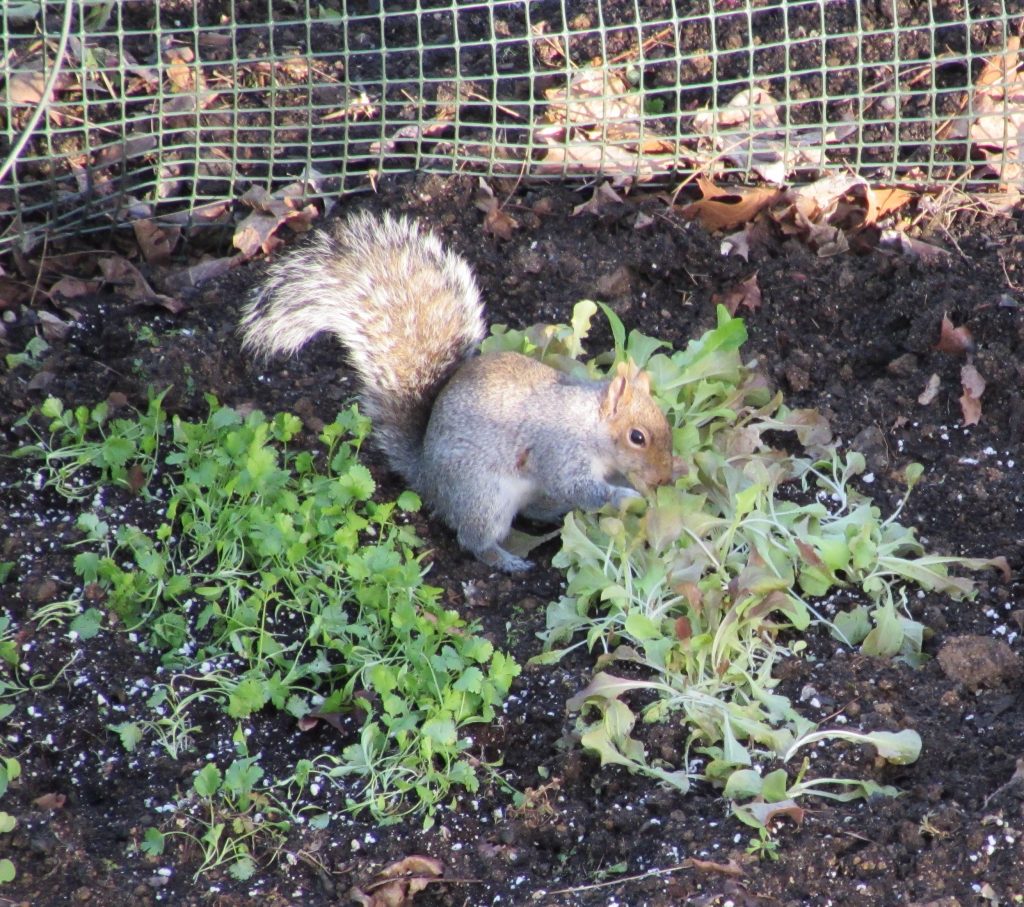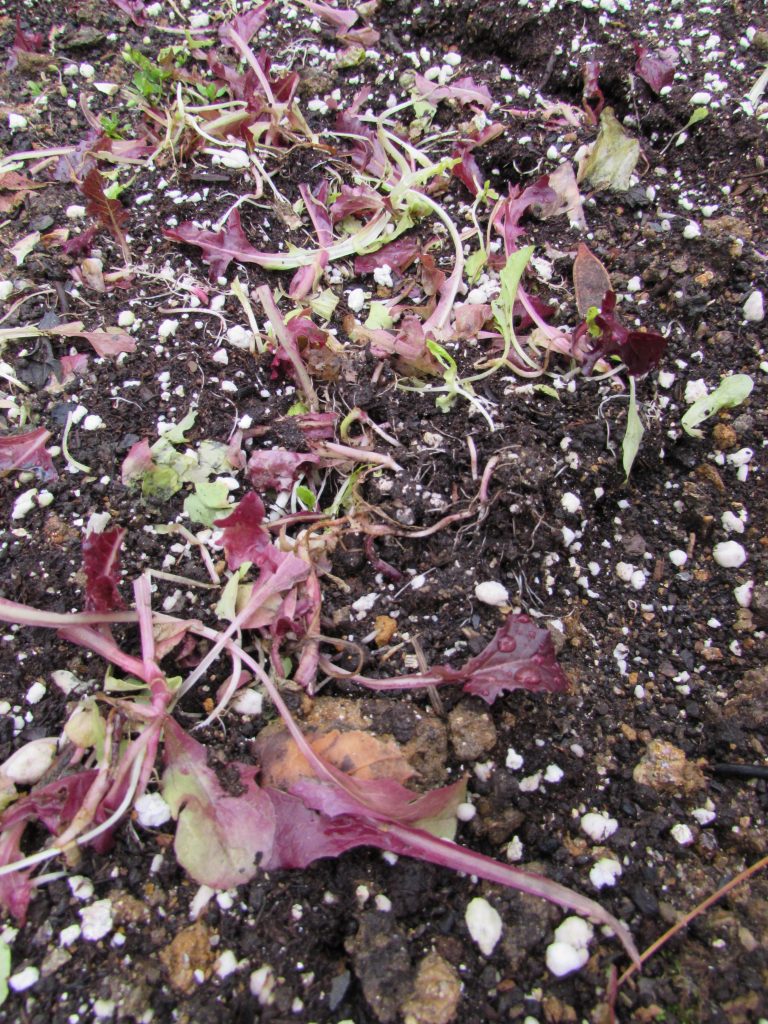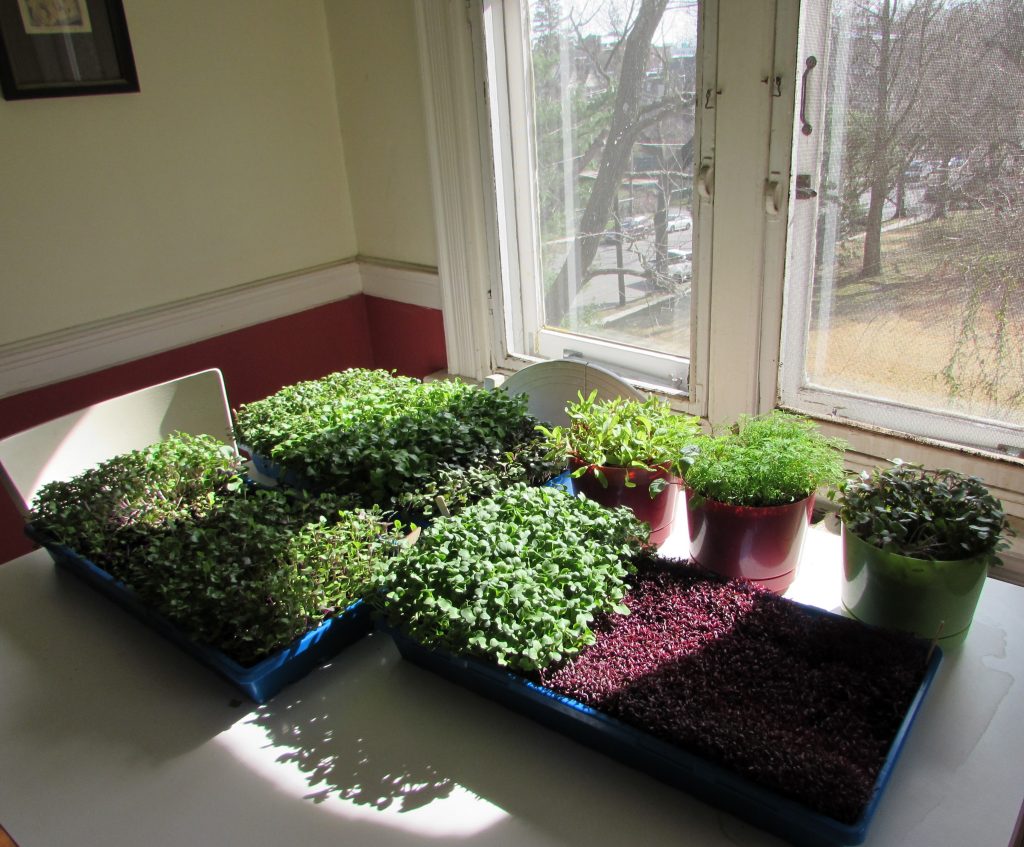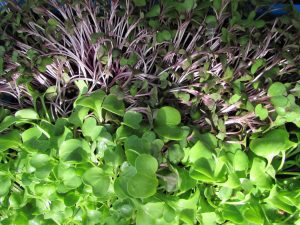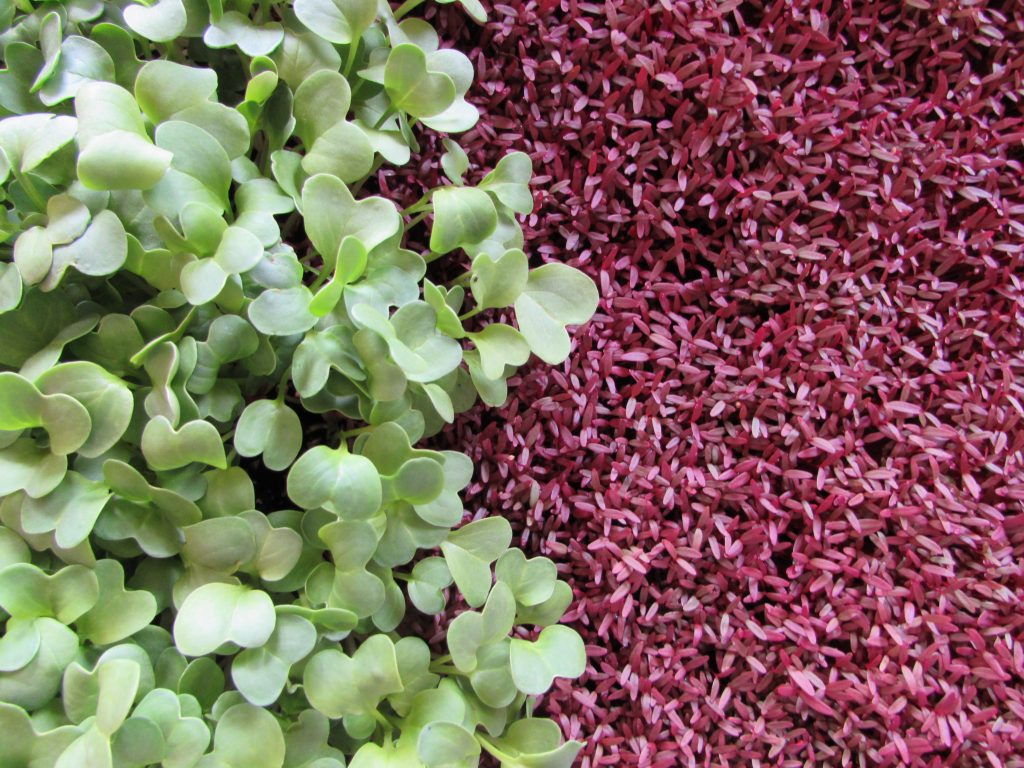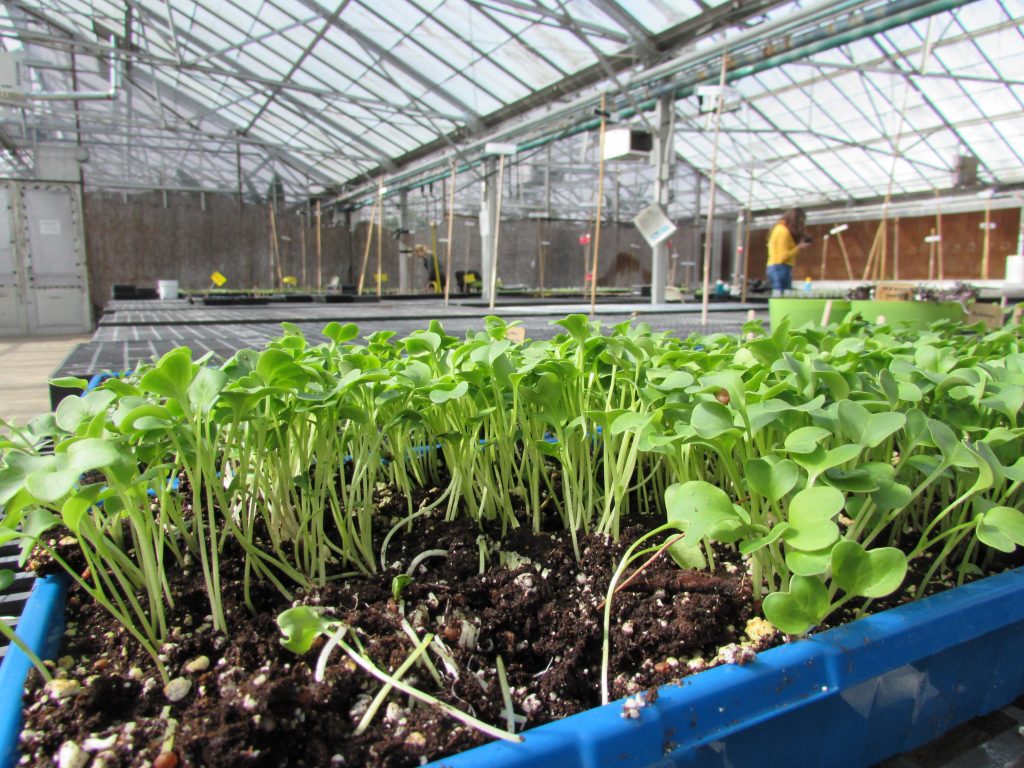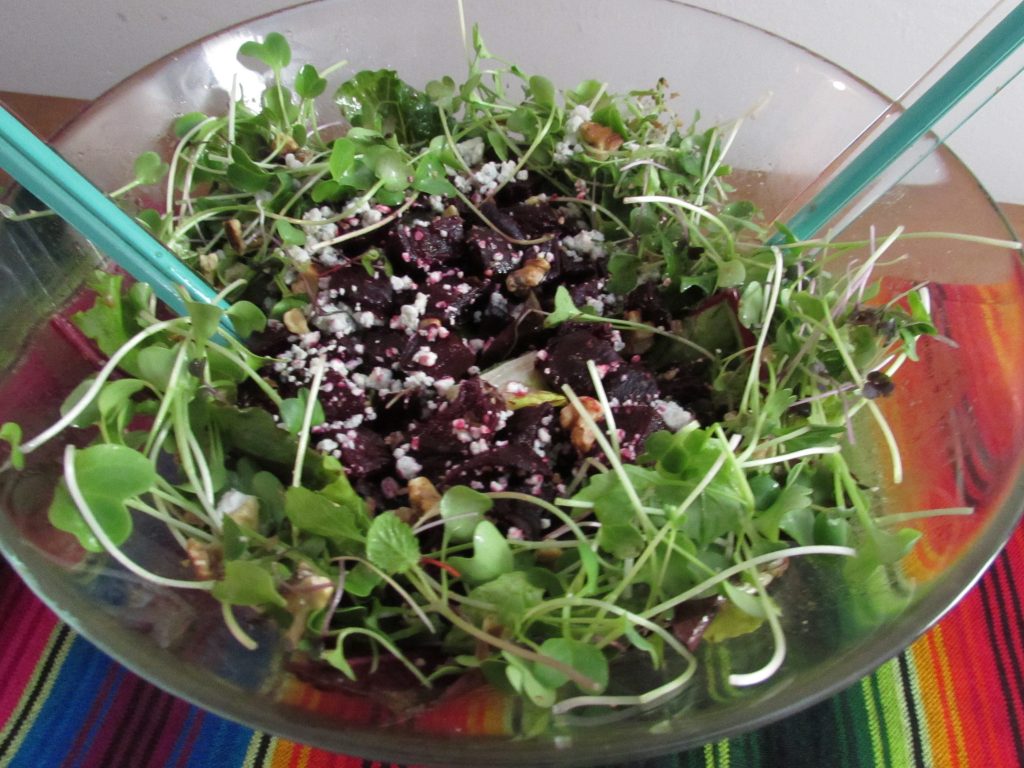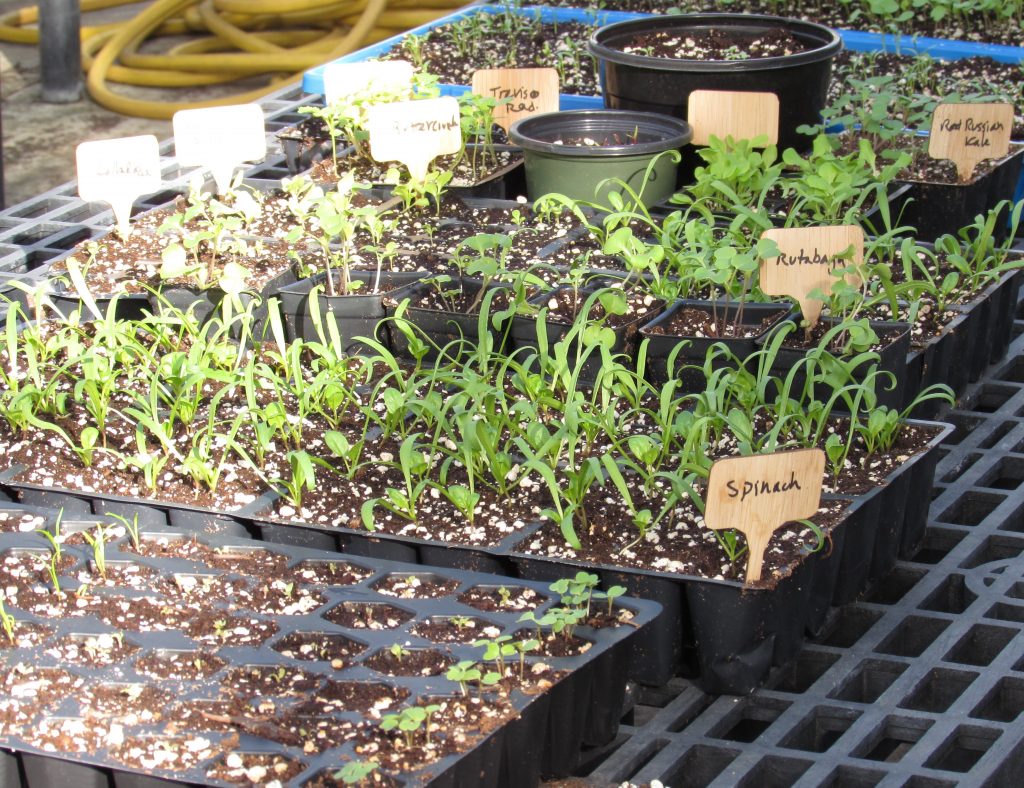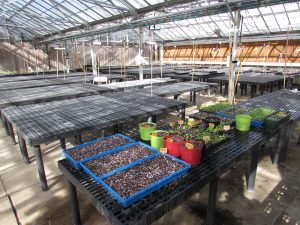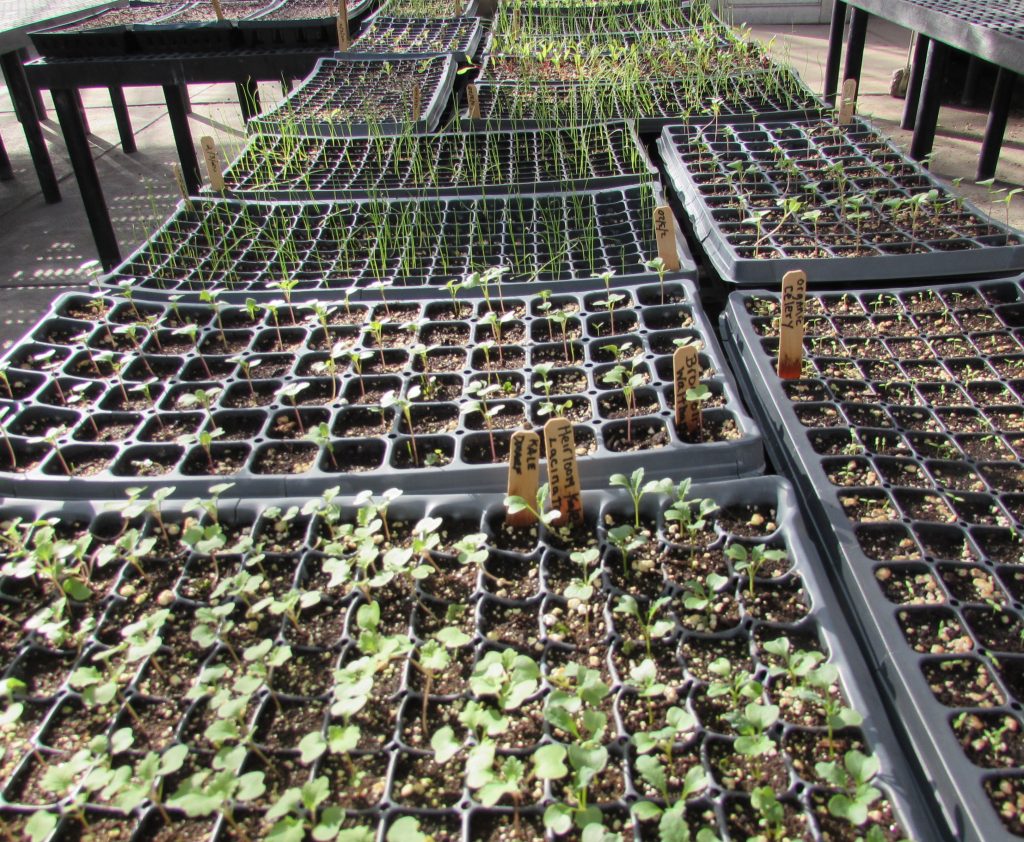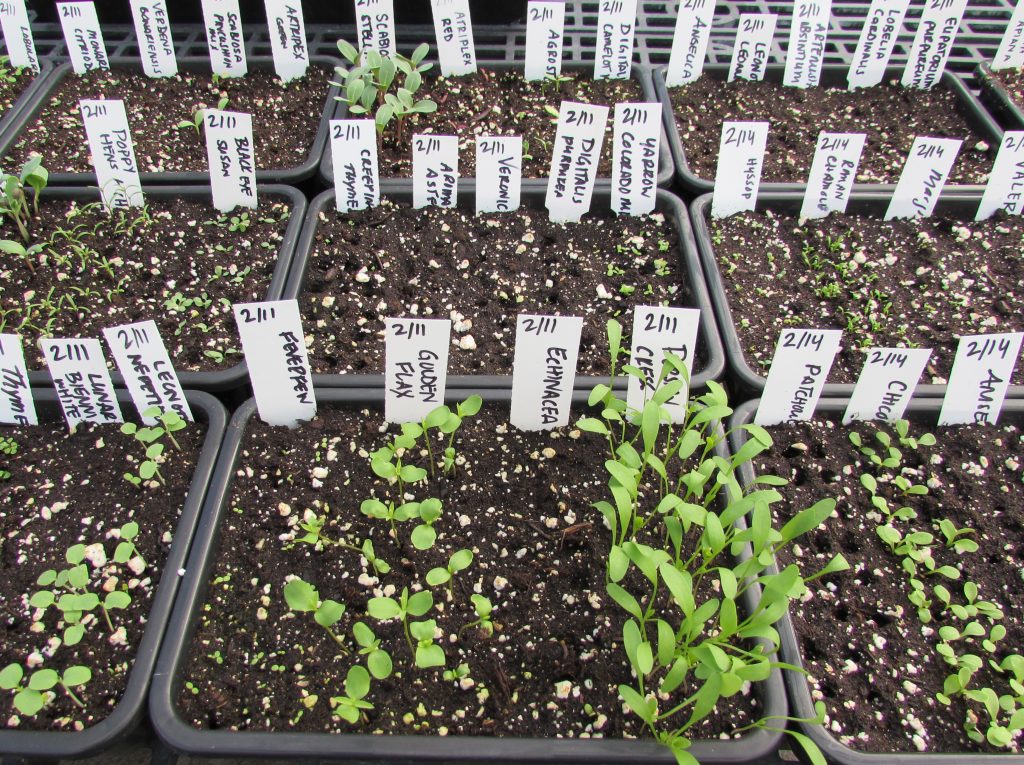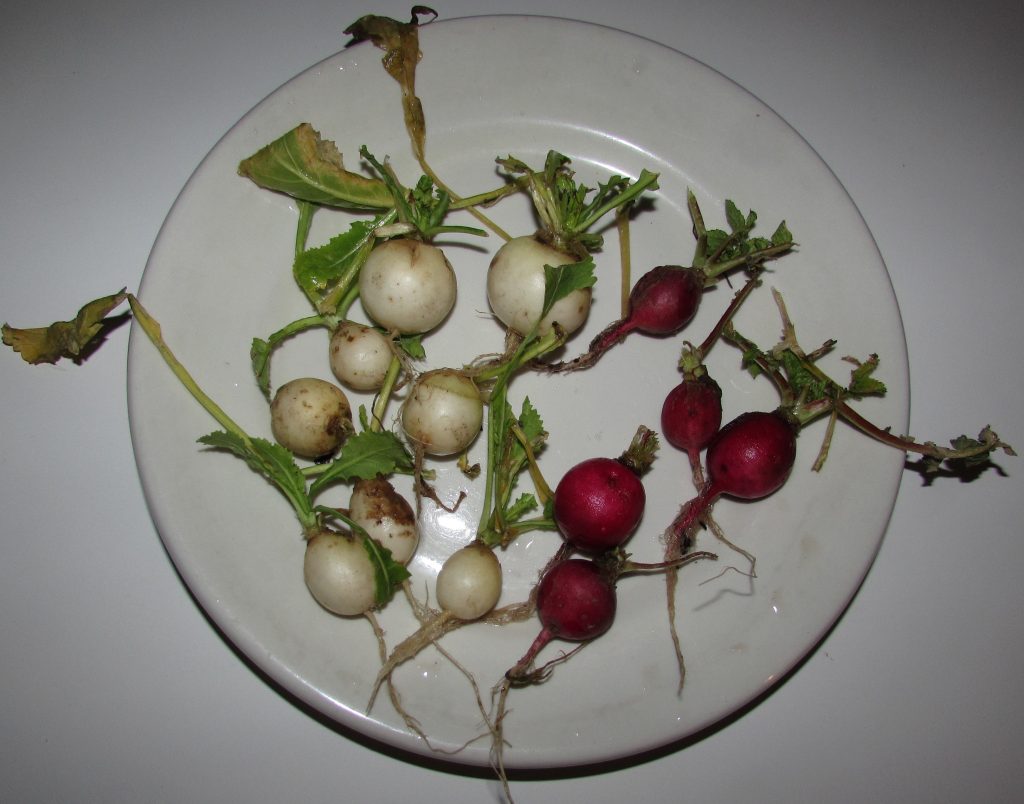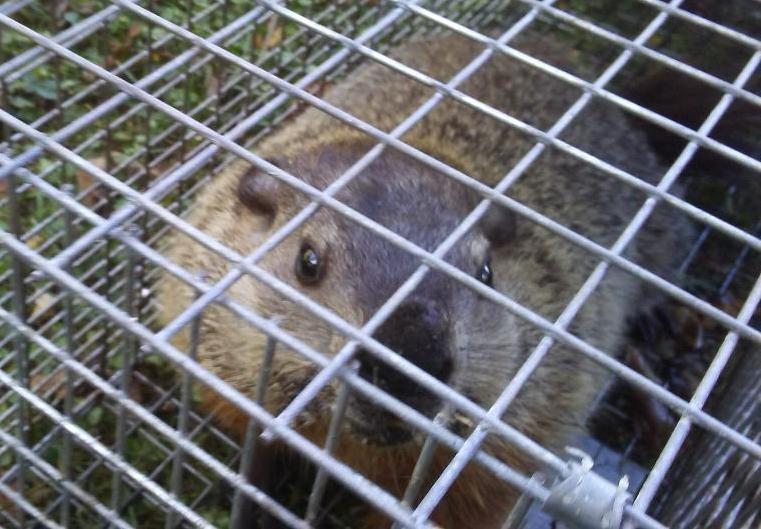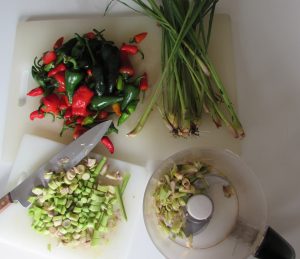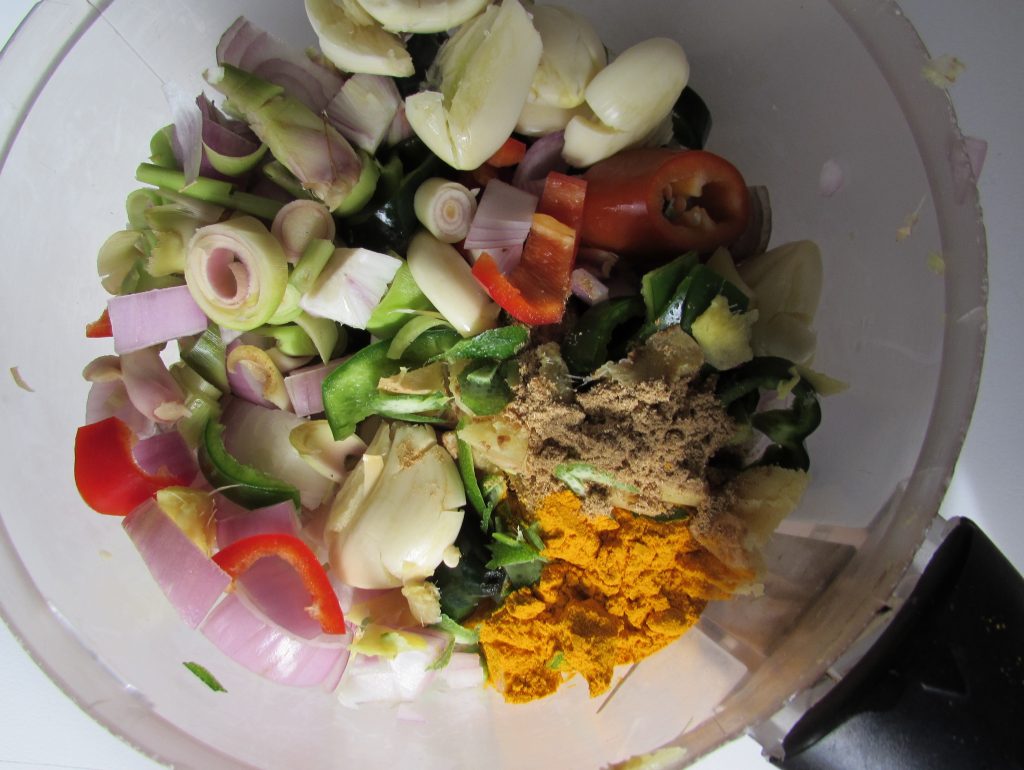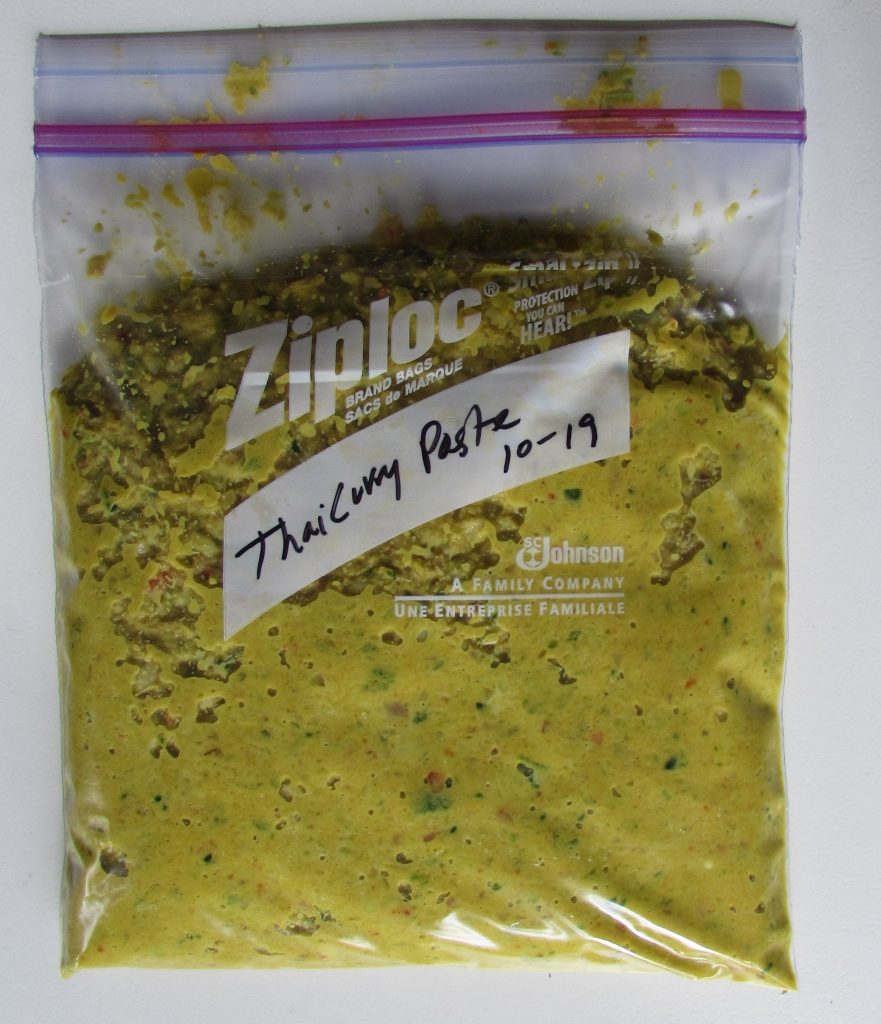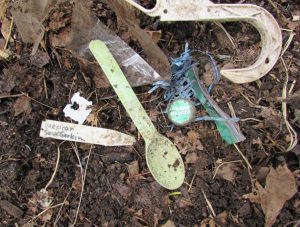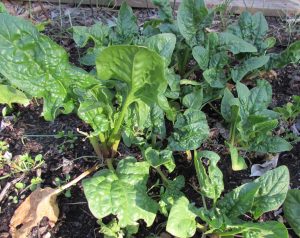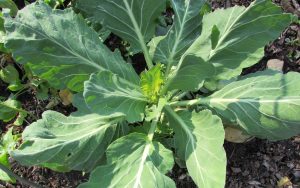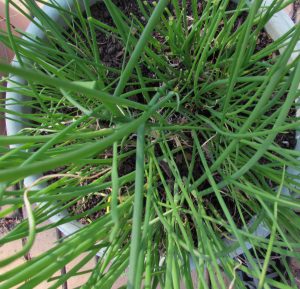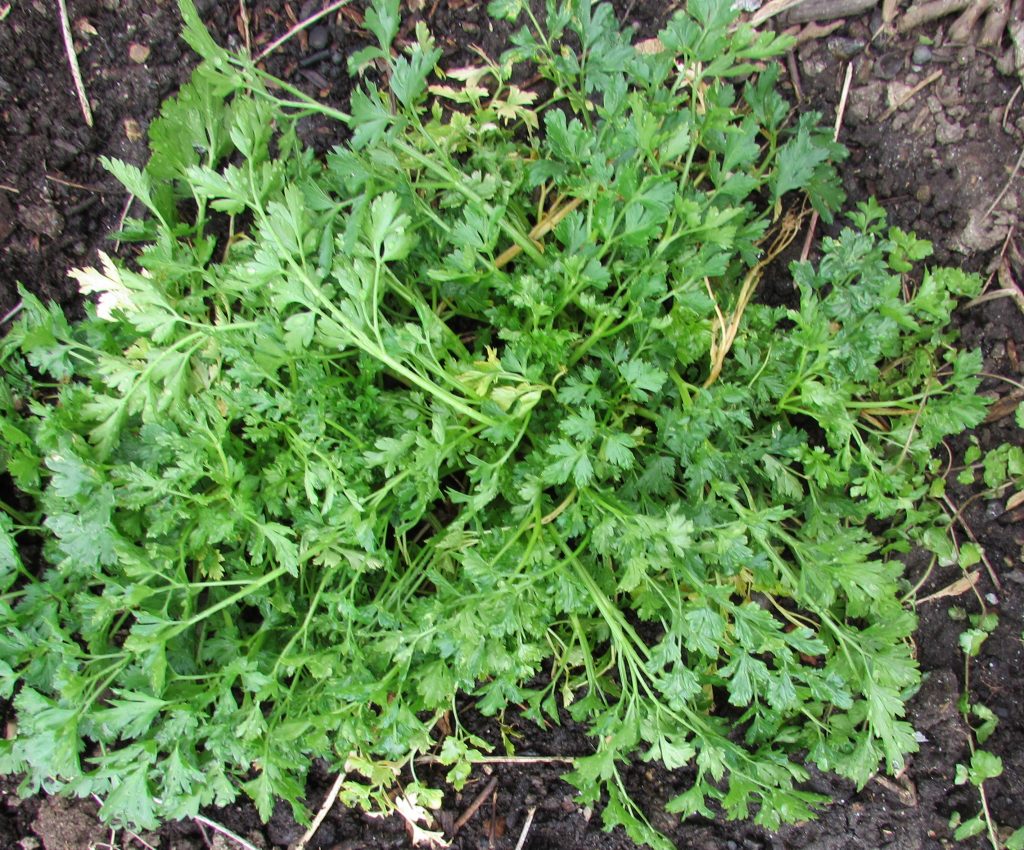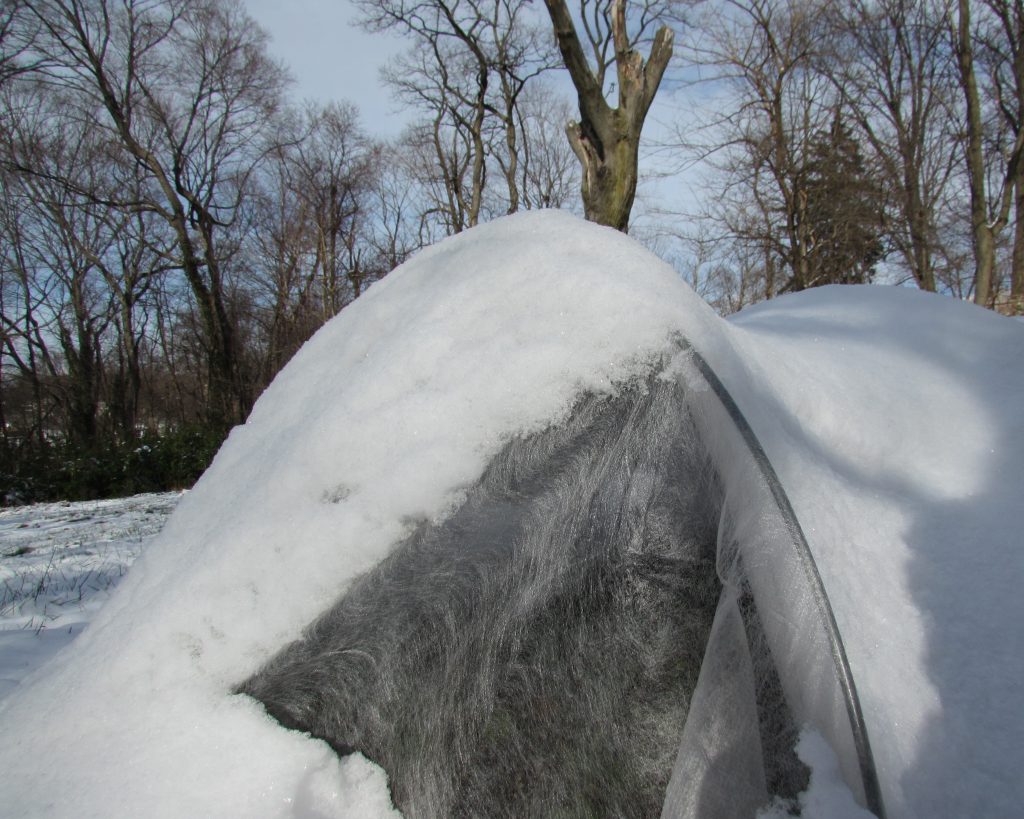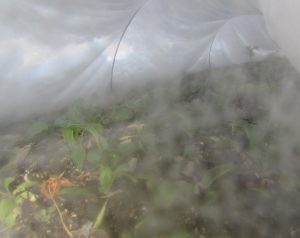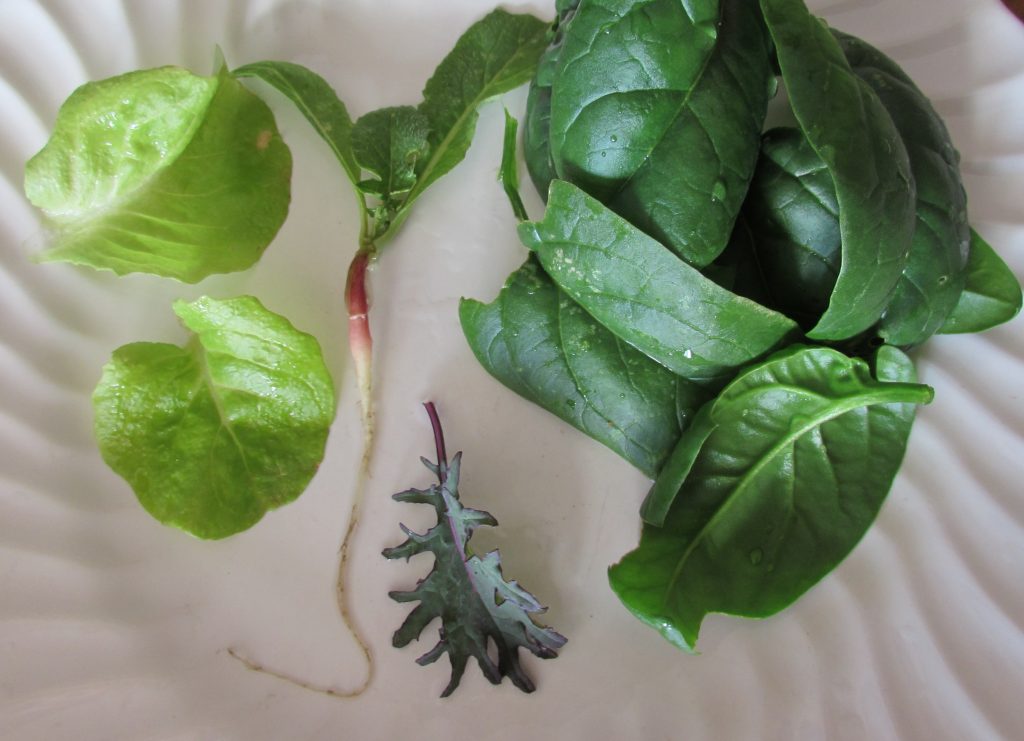I’m sometimes surprised to see what plants from my fall garden have managed to survive the winter and are surging back to life in spring, often with no help from me. This past winter, I didn’t bother to put a row cover over anything, as I have generally done in recent winters, and therefore wasn’t expecting any early harvest. But this March, in my Roxborough community garden plot, a half dozen long forgotten lettuce stumps sprouted beautiful red rosettes of lettuce leaves, and a patch of cilantro that produced little in the fall was flush with new growth.
-
Philly Urban Ag News
My Gardens
Categories
- Beekeeping
- City Harvest
- Community Gardens
- Community Supported Agriculture
- Compost
- Crops
- Farm Bill
- Greenhouse
- Land Use
- Municipal Services
- My Gardens
- Orchards
- peppers
- Pests
- Philadelphia Land Bank
- Philadelphia Urban Ag Plan
- Philly Urban Ag News
- spinach
- tomatoes
- Uncategorized
- Urban Farms
- Vacant Lots
- Winter Gardening
Archives
- February 2021
- January 2021
- December 2020
- November 2020
- September 2020
- June 2020
- May 2020
- April 2020
- March 2020
- February 2020
- May 2019
- April 2019
- June 2017
- April 2017
- February 2017
- January 2017
- December 2016
- September 2016
- June 2016
- July 2015
- May 2015
- April 2015
- December 2014
- November 2014
- October 2014
- September 2014
- August 2014
- July 2014
- June 2014
- May 2014

